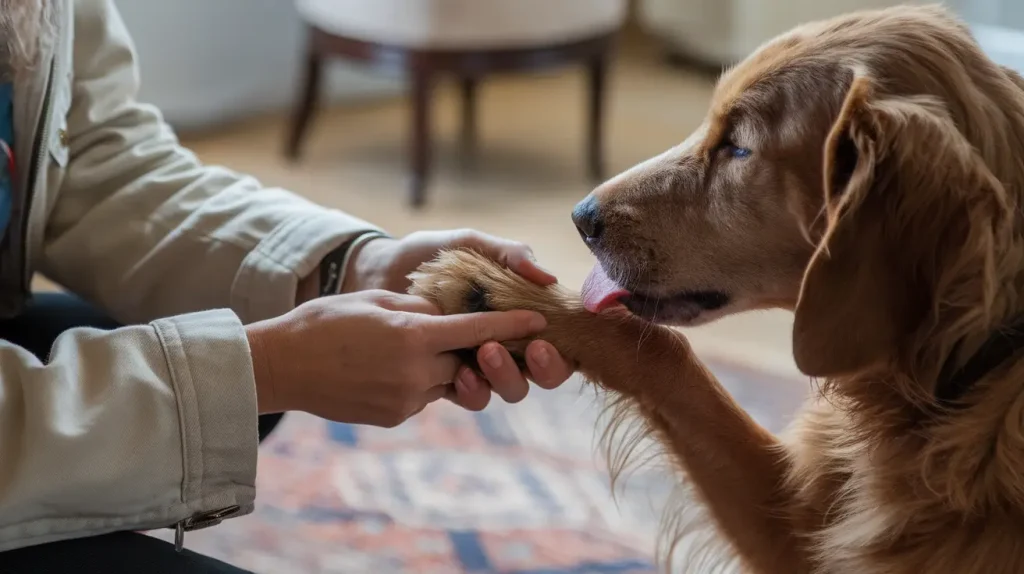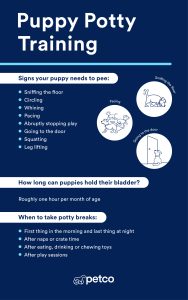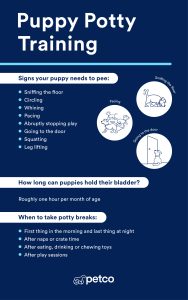Unlocking the Secret Behind Your Dog’s Licking Behavior: What You Need to Know Are you tired of wondering why your furry friend is constantly licking their paws, the floor, or even themselves? Licking in dogs can be a normal behavior, but it can also be a sign of an underlying issue that needs your attention.
As a dog owner, it’s essential to understand the reasons behind this behavior, so you can take the necessary steps to ensure your dog’s health and happiness. We’ll delve into the world of canine licking behavior, exploring the possible causes, symptoms, and solutions.
Whether your dog is licking excessively, or you’ve noticed a change in their behavior, this article will provide you with valuable insights to help you better understand your dog’s needs and address any potential issues. So, if you’re ready to uncover the secrets behind your dog’s licking behavior, keep reading!

Credit: justdogpeople.com
The Canine Behavior Of Licking
Licking is a common behavior in dogs. It can mean many things depending on the situation.
Dogs use licking to show feelings and communicate with others. It is part of their natural behavior.
Why Dogs Lick Their Owners And Other Animals
Dogs lick their owners to show love and trust. It is a way to get attention or ask for care.
They also lick other animals to greet them or show submission. It helps keep peace in their group.
- Licking shows affection and bonding.
- It can be a sign of respect or submission.
- Dogs lick to get comfort or reduce stress.
- Licking helps explore new smells and tastes.
The Role Of Scent Marking In Licking Behavior
Dogs have scent glands in their mouths. When they lick, they leave their unique smell on people or objects.
This scent marking helps dogs claim their space. It also builds a sense of safety and belonging.
- Scent marking helps dogs identify friends and family.
- It strengthens bonds within their group.
- Licking spreads the dog’s scent on owners and places.
- It can reduce anxiety by marking a safe environment.

Credit: www.smalldoorvet.com
Medical Reasons Behind Excessive Licking
Excessive licking in dogs can be a sign of underlying medical issues that need attention. It’s essential to identify the cause of this behavior to provide the necessary treatment and prevent further complications.
Anxiety-related Licking: Separation Anxiety And Stress
Dogs with separation anxiety or stress may exhibit excessive licking due to their anxiety levels. This behavior can be a coping mechanism to calm themselves down.
- Signs of separation anxiety in dogs include excessive licking, panting, and destructive behavior.
- Dogs with stress may lick their paws, legs, or other areas to self-soothe.
- Changes in your work schedule, moving to a new home, or introducing new pets can trigger separation anxiety in dogs.
Skin Allergies And Irritations: Licking As A Compulsive Behavior
Dogs with skin allergies or irritations may develop a compulsive licking behavior as they try to alleviate the discomfort and itching.
| Common Skin Allergies and Irritations | Causes |
|---|---|
| Atopic dermatitis | Genetic predisposition, environmental factors |
| Food allergies | Sensitivity to certain ingredients in food |
| Fleas, ticks, and mites | Pest infestations |
Consult with your veterinarian to determine the underlying cause of your dog’s excessive licking and develop a plan to address it.
Breed-specific Licking Behaviors
Dogs lick for many reasons, but some breeds show unique licking behaviors. These habits often link to their breed traits or health issues.
This article looks at licking patterns in Bulldogs, Pugs, and hypoallergenic breeds. Understanding these can help owners care better for their pets.
Bulldogs And Pugs: Breeds Prone To Skin Issues
Bulldogs and Pugs have folds of skin that can trap moisture and dirt. This often causes irritation and infections. Licking is their way to soothe these problems.
- Constant licking may signal skin allergies or infections.
- Owners should check skin folds regularly for redness or smell.
- Veterinary care is important to prevent severe skin problems.
- Licking can also be a sign of discomfort or pain in these areas.
Hypoallergenic Breeds: Licking As A Compensatory Behavior
Hypoallergenic breeds lick to reduce stress or boredom. They may not shed much but can develop licking habits to cope with anxiety.
| Breed | Common Reason for Licking |
| Poodle | Stress relief and comfort |
| Bichon Frise | Self-soothing during anxiety |
| Maltese | Boredom and seeking attention |
| Shih Tzu | Habitual licking to calm nerves |

Credit: www.riverbendpet.com
Environmental Factors Influencing Licking Behavior
Licking is a common behavior in dogs. It serves many purposes, from communication to self-care. Environmental factors can change how often and why dogs lick.
Understanding these factors helps owners interpret their dog’s actions. Two key influences are temperature and humidity, and social learning from humans.
Temperature And Humidity: How The Environment Affects Licking
Dogs lick more in certain weather conditions. Temperature and humidity affect their comfort and health. Licking helps them cool down or keep their skin moist.
| Weather Condition | Effect on Licking |
|---|---|
| Hot and dry | Increases licking to moisten nose and cool down |
| Cold and dry | May cause more licking to soothe dry skin |
| Humid | Licking may reduce due to less need for moisture |
Social Learning: Dogs Mimicking Human Behavior
Dogs often copy behaviors they see in their owners. Licking can increase if dogs notice humans licking or using their tongues often.
- Dogs see humans licking lips or fingers and imitate
- They use licking to get attention if owners respond
- Learning from humans helps dogs bond and communicate
Addressing Excessive Licking In Dogs
Excessive licking in dogs can be a sign of many issues. It might be due to health problems or behavior habits.
Understanding the cause is important to help your dog feel better and stop unwanted licking.
Consulting A Veterinarian: Ruling Out Medical Issues
Start by visiting a veterinarian to check for health problems. Some medical issues cause dogs to lick too much.
| Medical Issue | Signs to Watch | Possible Treatment |
| Allergies | Red skin, itching | Medication, diet change |
| Infections | Swelling, odor | Antibiotics |
| Pain or Injury | Licking specific area | Pain relief, rest |
| Parasites | Scratching, biting | Parasite control |
Training And Redirecting Licking Behavior
Training helps your dog stop licking when there is no medical cause. Use clear and simple steps.
- Distract your dog with toys or games
- Reward calm behavior with treats
- Use commands like “No” or “Stop” firmly
- Give extra attention to reduce anxiety
- Keep your dog busy with walks and play
Frequently Asked Questions
Why Do Dogs Lick People Frequently?
Dogs lick people to show affection and bond. It also communicates submission and seeks attention or comfort. Licking releases endorphins, making dogs feel calm and happy.
Is Excessive Licking A Sign Of Anxiety In Dogs?
Yes, excessive licking can indicate anxiety or stress. Dogs may lick themselves or objects to self-soothe. If licking is persistent, consult a vet for behavioral advice.
Can Licking Be A Way Dogs Communicate Hunger?
Dogs sometimes lick to signal hunger or desire for food. It’s a natural way to get your attention. Observe feeding times and behavior to confirm.
How Can I Reduce Unwanted Licking Behavior In Dogs?
Redirect your dog’s attention with toys or commands. Consistent training and positive reinforcement help control licking. Avoid rewarding licking with treats or affection.
Conclusion
Dogs lick for many reasons, like showing love or feeling curious. Sometimes, licking helps them calm down or get attention. Watch your dog’s licking habits to understand their feelings. Too much licking can mean stress or health problems. Always be gentle and patient with your dog’s behavior.
Knowing why dogs lick helps build a stronger bond. Enjoy every moment with your furry friend. Keep learning about your dog’s actions and needs. This makes your relationship happier and healthier.

Emily Barker is the founder of ChillDogLife.com, a space dedicated to helping pup parents discover the best dog products, lifestyle tips, and cozy ideas for happier homes.
A lifelong dog lover, Emily combines her passion for pets with a knack for research to share trusted recommendations on everything from toys and furniture to health and everyday care.
Her goal is simple: to make life easier, stylish, and more joyful for dogs and the people who love them.







